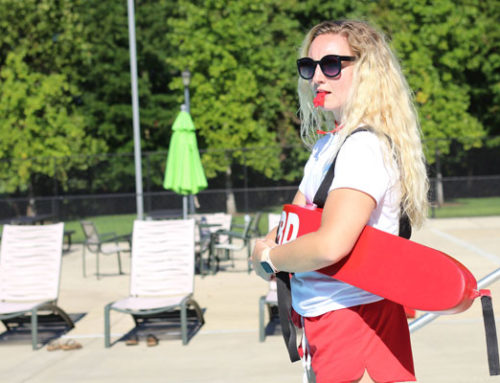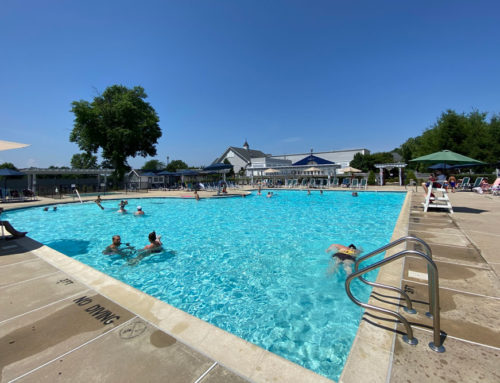With winter weather arriving in the U.S., it’s likely that you and other apartment and condo complex owners are getting ready to close the pools for the summer. This may be a good time to review any safety issues that came up during the swimming season and prepare for next year. You may decide to hire new lifeguard services or acquire more safety equipment. In any case, it’s a good idea to have these discussions with any staff members who work around the pool.
What will help you and your staff protect the youngest guests is learning to recognize children who may get in trouble once they’re in the water.
On average, about 10 people in the U.S. die everyday from accidental drowning, and within this group, two of them will be children aged 14 years and younger, according to the Centers for Disease Control and Prevention. Drowning is the fifth leading cause of accidental death in the country.
Spot the children before they get hurt
According to Aquatics International, attentive lifeguards and apartment staff can learn to identify signs that a child may need closer supervision around the water. Most of these signs involve hesitancy or fear about getting into the water or using diving or slide structures. When it comes to diving boards, hesitant children may jump off the side or closer to the deck, which are signs that they aren’t confident in their swimming abilities.
However, the most important sign that a child needs closer supervision is frequent or exclusive use of the dog paddle. This stroke may be deceptive and mislead parents into thinking their children are more proficient swimmers than they actually are.
“The dog paddle is an unsafe and minimally effective stroke that fits all the criteria seen in the hydrodynamic principles of a distressed swimmer,” columnist Keith Bibb wrote in Aquatics International. “Dog paddlers do not extend or reach completely out with their arms and legs resulting in short rapid movements. Also, a dog paddler’s head is raised upward, causing the torso and legs to angle downward in a diagonal position under the surface of the water which creates slow, labored forward locomotion.”
Ultimately, this may cause a child to become exhausted more quickly than if they used a more efficient stroke. WSMV, an NBC affiliate in Nashville, Tennessee, also pointed out that this exhaustion may make it more difficult for distressed children to call out for help.
Protect those at-risk
Once you and your staff are aware of these signs, you know how to take a proactive approach. If you see a child hesitating on a diving or slide structure, or a child needs to be coaxed to jump, remove the kid for his or her safety. If there are any children who want to visit the pool’s deep end, have an off-duty lifeguard administer a swim test.
Whenever possible, discuss your safety concerns with both pool staff and parents. All conversations should include encouragement for swimming lessons, which will reduce the risk of drowning. This is also a good time to remind everyone that air-filled or foam toys, such as water wings and noodles, aren’t meant to be used as floatation or safety devices. Even when children have them in the pool, they still need adult supervision.
For further protection, it may be worthwhile to install a safety fence around the pool to keep children out. The fence should be at least 4 feet high and have a door that is self-closing and self-latching.
Furthermore, by hiring knowledgeable lifeguards, you will have professionals onsite who know how to administer CPR and other first aid measures.






